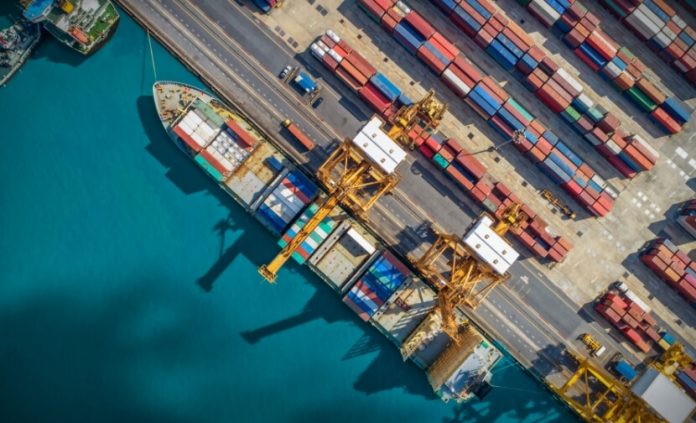One of the key challenges in container shipping is the lack of enforceability in shipper/carrier contracts, according to Sea-Intelligence.
With the recent sharp increase in freight rates, there have been calls for carriers to adhere to contracts and moderate their revenue pursuits, noted the data analysis firm.
This implies that shippers would, in turn, honour contracts when the market declines. “So, is it correct, that if a carrier is less aggressive in terms of rate increases when the market goes up, then the customers will also be more loyal when the market goes down,” stated Alan Murphy, CEO of Sea-Intelligence.

In Figure 1, the blue line represents the market average freight rate, derived from the global rate index provided by Container Trade Statistics, while the orange line depicts Maersk’s average freight rate. Both rates are calculated on a quarterly index basis, with the average freight rate in the fourth quarter of 2019 set as index 100. It is evident that during the pandemic, Maersk increased its global average rate level at a significantly slower pace compared to the market.
“However, when the rate levels began declining, Maersk saw a decline fully matching the market decline, which means that in this case, there was no quid pro quo from the shippers,” pointed out Murphy.

Figure 2 illustrates the loss or gain in USD revenue from not following the market, calculated for major carriers. Maersk experienced a potential revenue loss of US$15.7 billion between 2020 and 2023. Conversely, ZIM gained US$4.2 billion by increasing rates faster and higher than the market.
“There is clearly an asymmetry in loyalty. Carriers who raise their rates at a slower pace are not rewarded similarly, when the market turns negative. From a carrier perspective, it is better to increase rates as fast as possible, rather than to hope for shipper loyalty when the market turns,” commented Alan Murphy.







